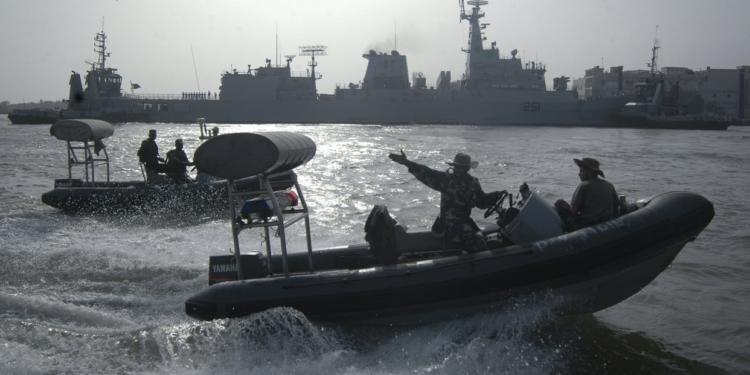Pakistan deployed its entire Navy at its coastline two days after the Indian Air Force bombed the Jaish-e-Mohammed terror outfits in Balakot, reports ThePrint. On February 28, a day after Indian Air Force Wing Commander Abhinandan Varthman shot down F-16 with MiG-21 for violating Indian Airspace, Pakistan Navy was out at the Arabian Sea at the ports of Karachi, Ormara and Gwadar.
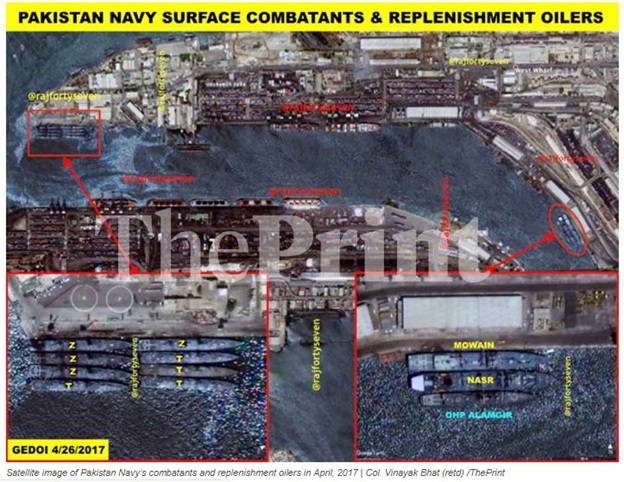
Moreover, Pakistani Navy has just 9 frigates, 8 submarines, 17 patrol and coastal vessels, and 8 combat capable aircraft, on the other hand, Indian Navy being much superior has 16 submarines including 1 nuclear-powered attack submarine, 1 aircraft carrier, 1 amphibious transport dock. In addition to that, the country has 14 destroyers, 13 frigates, 106 patrol and coastal combatant vessels, and 75 combat capable aircraft.

The main base of Pakistan Navy is the Karachi port, the largest one in Pakistan. As per the satellite imagery, submarines, frigates have been out from Karachi port from February 28 to March 8. Some unusual activities were also witnessed even on the Omara port of Pakistan which has very few ships. The Gwadar port being developed by China was also empty as of March 6, shows the satellite imagery exclusively accessed by ThePrint.
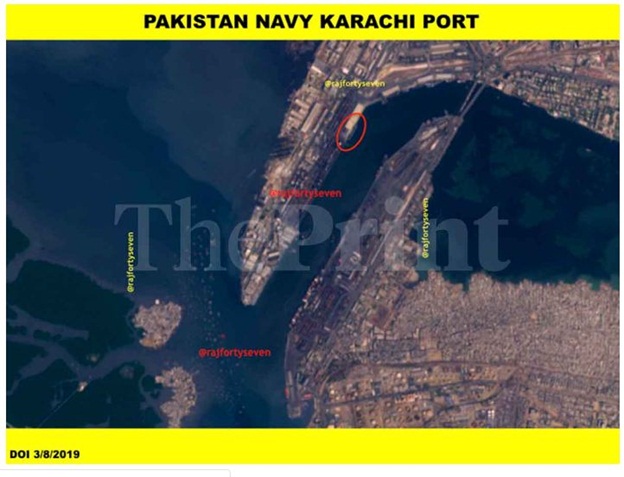
It is well known that India considered the option of naval blockade against Pakistan to bring it to the negotiation table. A naval blockade is an effort to cut supplies of the enemy nation through the sea using the navy. The naval blockade was an important part of the war strategy of allied powers during World War I. India has one of the most powerful navies in the world and thus is capable of any such action.
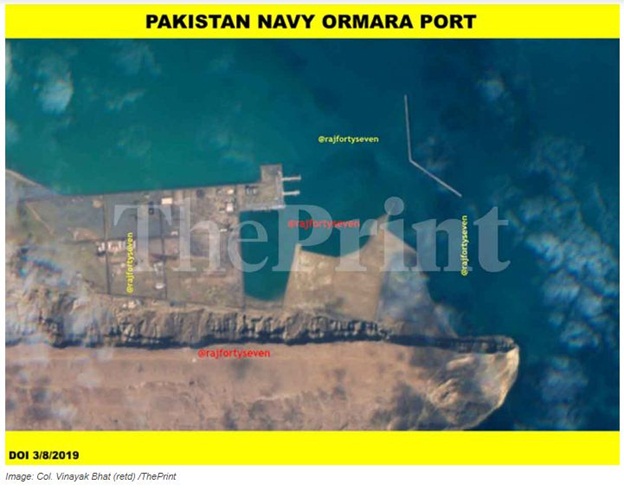
Given the naval superiority of India, the country could opt for the option of naval blockade to weaken Pakistan. Pakistan does not have the capability to counter the Indian offensive and stop it from blocking its supplies. Pakistan reached out to nations like the United States to complain about India moving most of its warships to the Arabian Sea. This represents Pakistan’s fear about India blocking the supplies of fuel and other important imports. As per the estimation of German Board of Public Health, more than 7 lakh civilians died in Germany due to starvation and disease caused by blockade of supplies by allied powers. Pakistan fears that it would face the same situation if India goes for the blockade option.
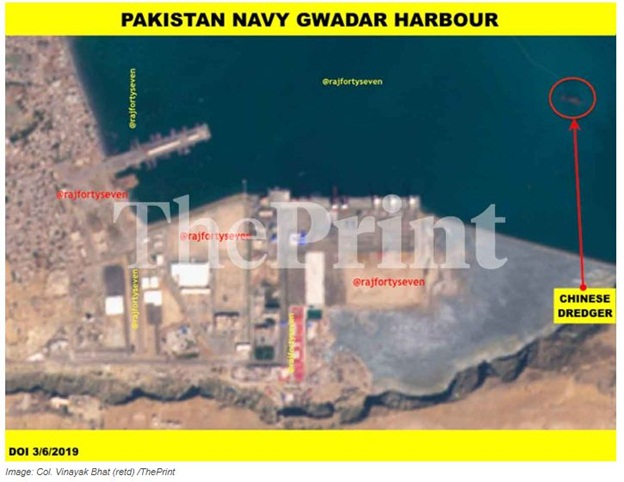
Pakistan consumes almost 6 lakh barrels of oil (bopd) per day. The domestic oil production accounts for only 15 percent of total requirements (90,000 bopd). More than three-quarters of oil imports come from the UAE and Saudi Arabia. These imports through the Arabian Sea could be easily blocked by Indian Navy with its powerful presence in the Indian Ocean. The import of other important petroleum products and necessary supplies comes to Pakistan through the Arabian Sea.
Pakistan is heavily dependent on imported oil for its energy requirements. The country has almost a negligible deposit of coal while the domestic production of oil and natural gas is also very low. As per an article by Venu Gopal Narayanan in Swarajya, “Annual electricity generation (of Pakistan) is 124 terawatt hours (Twh). 34 percent is from gas, 27 percent from hydel, 7 percent nuclear, and, very surprisingly, 30 percent from furnace oil (an imported crude distillate),” compared to “76 per cent coal, 9 per cent hydel, 6 per cent renewable, 5 per cent gas, & 2.5 per cent nuclear. Diesel and furnace oil total only 0.7 percent),” in India.
The air strike by the Indian Air Force was the first attack in the entire history by a nuclear power against another nuclear state. However, Pakistan did not retaliate against India in a way, it would have wanted. The air intrusion by Pakistan on the Indian soil was more like ‘Sorry, but I got to do this to save my face’. The country fears that in any warlike situation, it stands nowhere to India. The naval superiority, air force prowess of India stops Pakistan from taking any action against India.


























